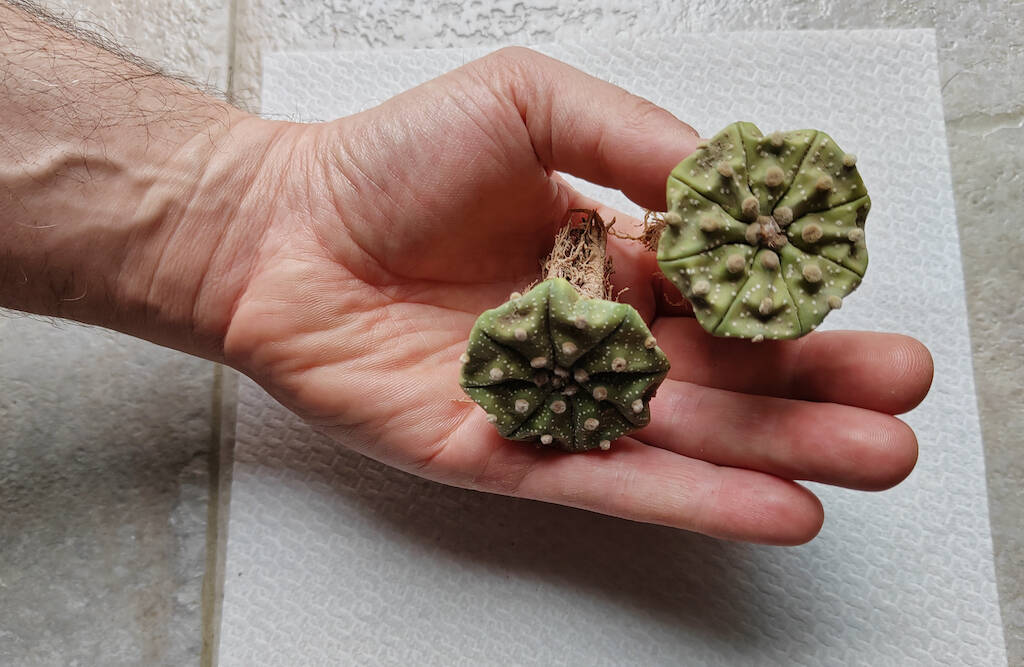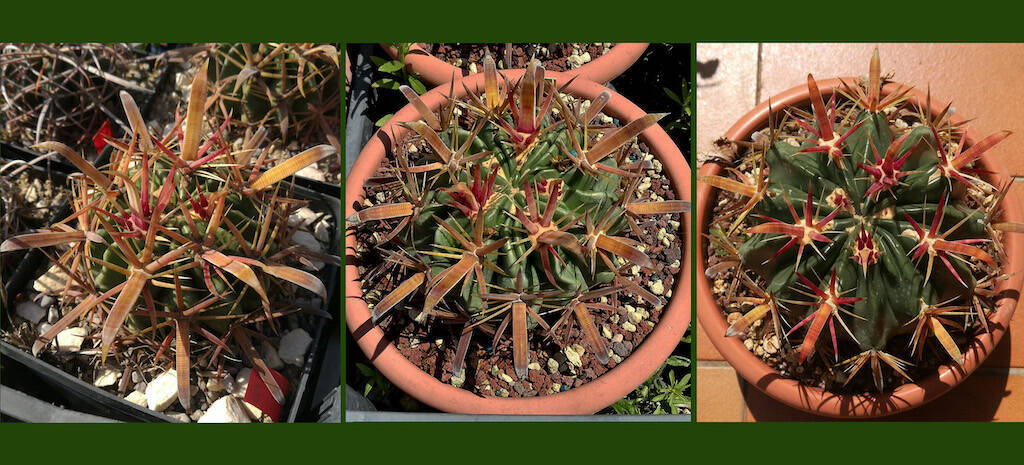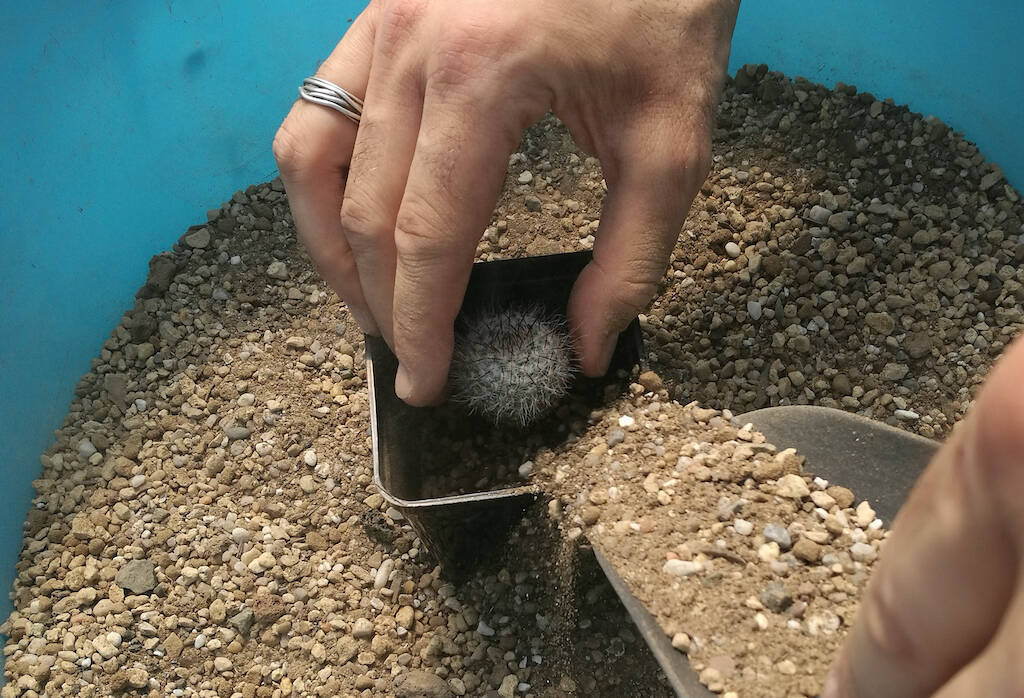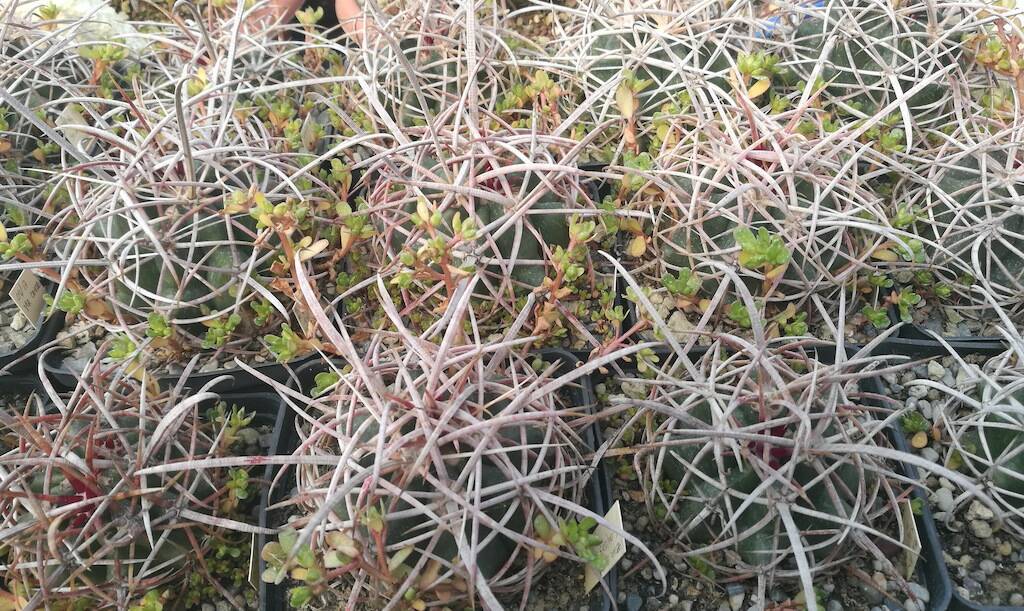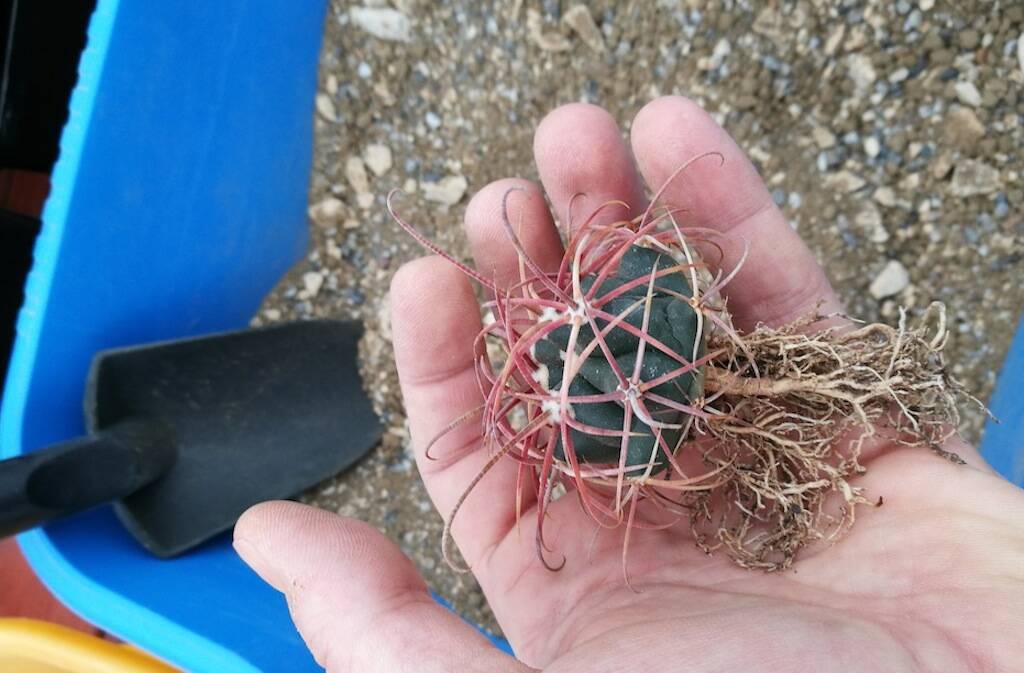Hydroculture and succulent plants sound, in some ways, like a conceptual oxymoron. Plants that have naturally evolved to cope with drought, rainfall concentrated in short periods of the year; plants that grow in extremely dry soils, in short, how can they get along with hydroculture? In other words, how can they be grown with a technique that requires the roots to be in constant contact with water? The answer is simple: they can’t. However … however in certain cases and following precise precautions, the constant contact of the roots of a succulent plant with water can be used to save that plant. Even if that plant is a succulent. And that’s exactly what I’m trying to do these days to save two Astrophytum asterias of my sowing in conditions of extreme dehydration, on the verge of dying of thirst (which would be very strange for a cacti!). But let’s go step by step and see exactly what happened to these two plants and how (and why) I’m trying to save them through a kind of “temporary hydroculture”.
I explain everything with lots of photos in the following article, which I consider – in fact – the description of an experiment that is perhaps risky and certainly unorthodox but at the same time not devoid of logic. (…)
Per proseguire nella lettura dell'articolo Accedi o Abbonati
To continue reading the article LogIn or Subscribe


